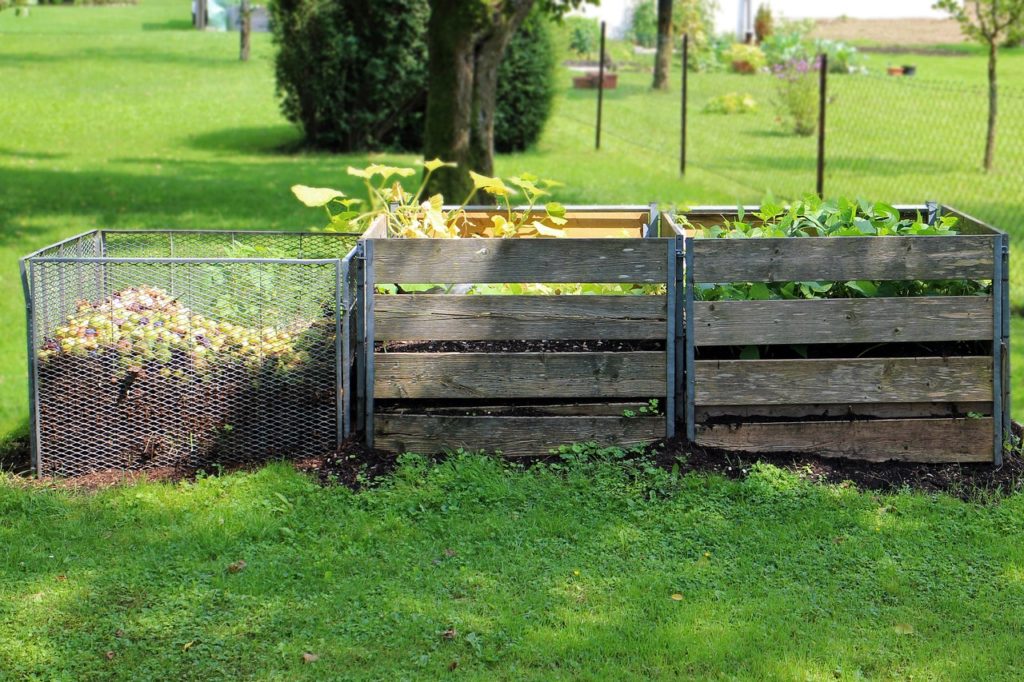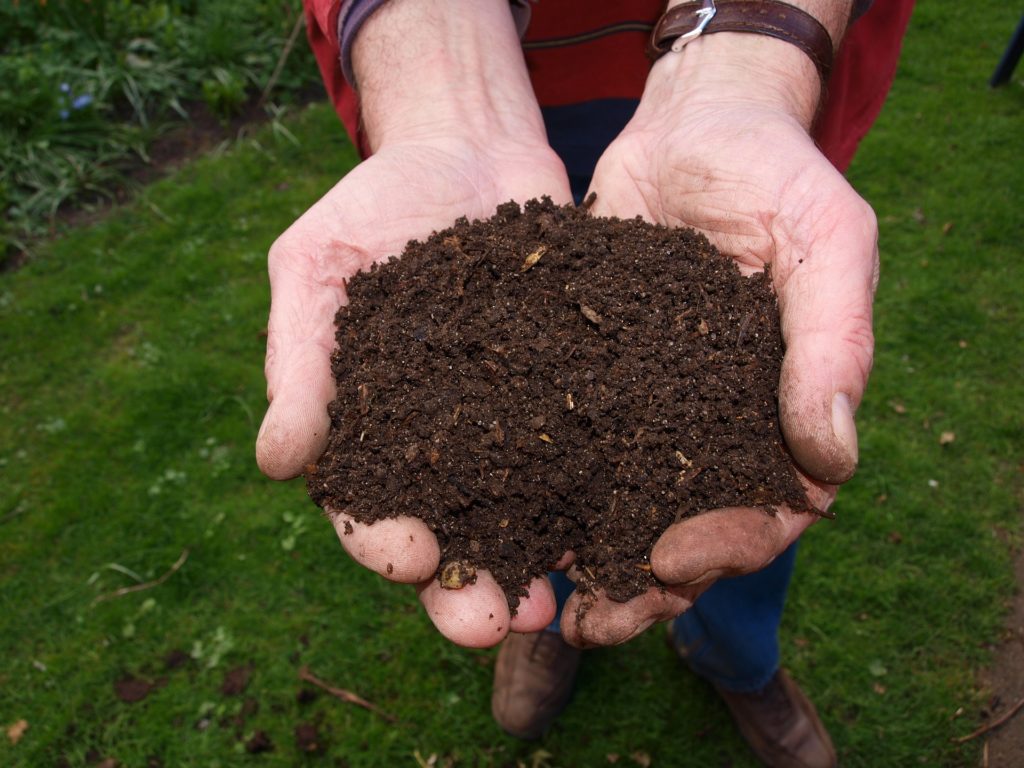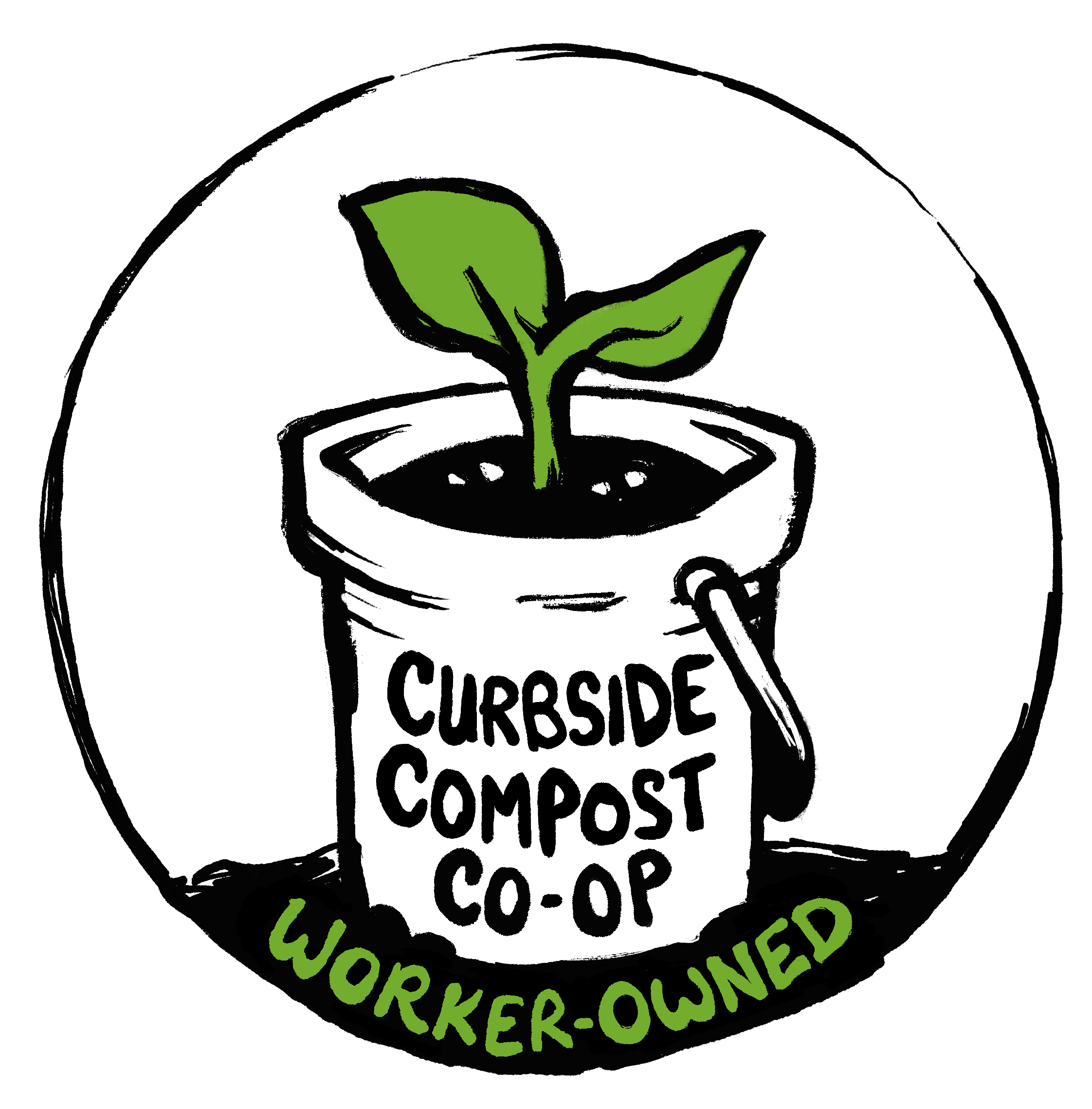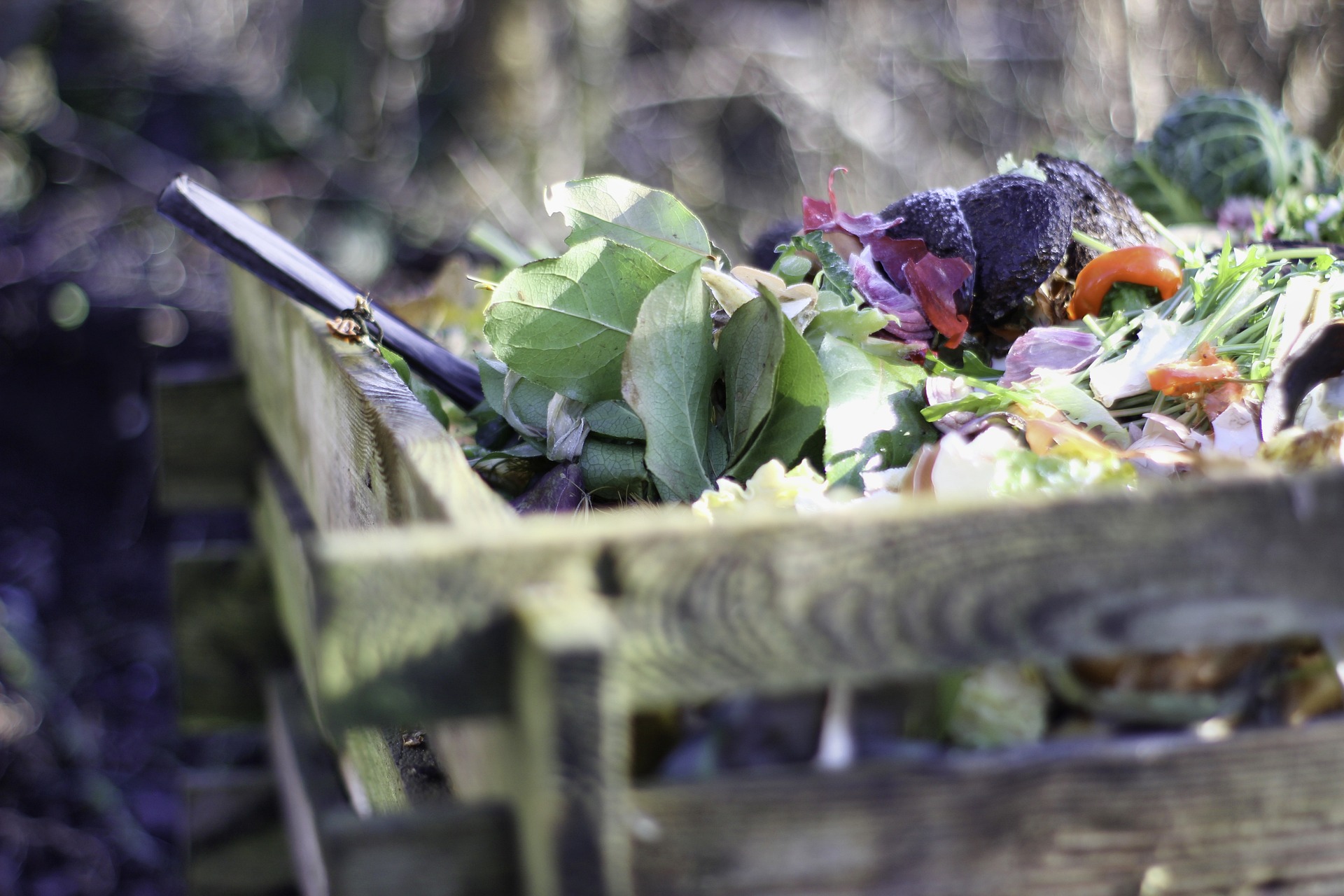How to Do a Backyard Compost System
Composting is a vital tool for farmers and gardeners, providing a means to recycle organic waste such as kitchen scraps, paper, and yard clippings while generating a valuable byproduct that nourishes plants for robust growth.
Compost is formed through the aerobic decomposition of materials that are typically considered waste.
Compost Basics
To create compost, you manage the aerobic decomposition of organic materials such as yard debris, grass, leaves, kitchen scraps, paper, manures, straw, hay, wood chips, and sawdust.
A diverse community of microorganisms feeds on these inputs, breaking them down and releasing essential plant nutrients. As the microorganisms feed, the temperature of the compost pile increases. During peak decomposition, compost usually reaches temperatures of 130°F or higher. As more materials break down, the temperature gradually decreases to match the ambient air temperatures. At this stage, the pile cures and becomes ready for use as a soil amendment.
Building Blocks of Compost
Composting requires four fundamental elements:
Water
Oxygen
Nitrogen
Carbon
Water is necessary for sustaining microbial life in the pile, while oxygen ensures aerobic conditions.
Nitrogen-rich materials, known as “greens,” are usually moist and have a higher nitrogen-to-carbon ratio. Greens include food waste, grass, coffee grounds, and others.
Carbon-rich materials, or “browns,” help balance the green materials and are typically dry and brittle. Examples of browns include leaves, straw, newspaper, and wood chips.
What Can Be Composted in Your Backyard Pile?
YES
Greens
- Most food waste
- Coffee grounds and filters
- Vegetables and fruits
- Eggshells
- Manures
- Grass
Browns
- Soiled napkins and paper plates
- Newspaper
- Leaves and straw
- Wood chips
- Yard debris
NO
- Plastic
- Glass
- Metal
- Styrofoam
- Meat*
- Dairy*
- Oily products*
- Fatty products*
*While these materials can be composted, they may attract pests and cause odors if not managed properly. Only compost them if you have experience.
Note: this is a list of what’s compostable in a backyard pile, but you can compost even more items with our curbside compost service! See our list of compostable items here.
Choosing a System
There isn’t a single correct way to compost. The different bins and systems available come with varying costs and benefits, but all can yield successful results.
An open pile is perhaps the most common composting method. In this method you simply put materials into a pile and turn them periodically. It works well if you have ample space and minimal proximity to neighbors since open piles require less management and can attract pests and produce unpleasant odors.
If you don’t want to have a pile of organic waste turning into compost, you can construct your own bin using welded wire, wood pallets, chicken wire, cinder blocks, drums, or trash cans. Welded wire bins are cost-effective, or you can purchase a pre-made bin from a local gardening store or online.
Elevating your bin on a wooden pallet or lining the bottom with stalky materials will enhance airflow and drainage.
When selecting a bin, consider its volume. We recommend a size of at least 3x3x3 feet or larger. This minimizes the surface-to-volume ratio and improves heat retention during composting.

The photo above is an example of a 3 bin compost system. The benefits of having 3 different bins is that it makes it easier for you to manage big batches of garden and food waste, give you a constant supple of compost, and allow you to store compost at different stages of development.
Preparing Scraps for the Pile
Keep a container in your kitchen to collect scraps as they accumulate. When the container is full, empty it into your compost pile. Choose a container size that suits your needs and the amount of waste you typically generate. Avoid completely sealing the container, as this creates anaerobic conditions leading to foul odors. Instead, partially seal it or cover it with a cloth to contain odors and prevent fruit flies. Your container could be anything from a yogurt container, a gallon ice cream bin or a counter container made specifically for organic waste.
Cutting, chopping, and breaking down food scraps into smaller pieces increases their surface area, speeding up decomposition. However, excessive cutting can result in too much moisture. Aim for a variety of sizes and shapes when preparing food scraps.
Building & Managing the Pile
“Lasagna layering” is a simple and effective technique for constructing and managing your compost pile, preventing various issues.
Start by raising the pile off the ground using a wood pallet or adding 6-12 inches of stalky and coarse material at the bottom of the bin. Next, create a thick layer of brown material inside the bin. Place your green waste in the center of this nest. Finally, add another layer of browns so that no food waste is exposed. Continue alternating brown and green layers as you generate and add compostable materials to the pile. Brown layers should be two or three times thicker than green layers.
Turn the pile at least once a year to accelerate decomposition: Remove the outer layer of browns, then use a shovel or pitchfork to flip the remaining contents into a new bin. Alternatively, you can tumble or roll your bin.
Troubleshooting
Even experienced composters occasionally encounter issues that require troubleshooting. Understanding the four components of a composting pile greatly increases your chances of avoiding problems and overcoming challenges. Here are some common composting issues and their solutions:
Using Finished Compost
Finished compost is dark brown and crumbly. There should be no recognizable compostables left, and foul odors should be absent. It may take a year or longer to produce finished compost, depending on the materials used and the frequency of turning the pile. Woody materials take longer to break down. Be patient; composting takes time.

Finished compost can be used to:
- Mulch or top dress planted areas
- Amend soil before planting
- Serve as a component in potting media
- Add approximately two inches of compost to new beds and one inch of compost each year to existing beds. Incorporate the compost into the soil as thoroughly as possible.

